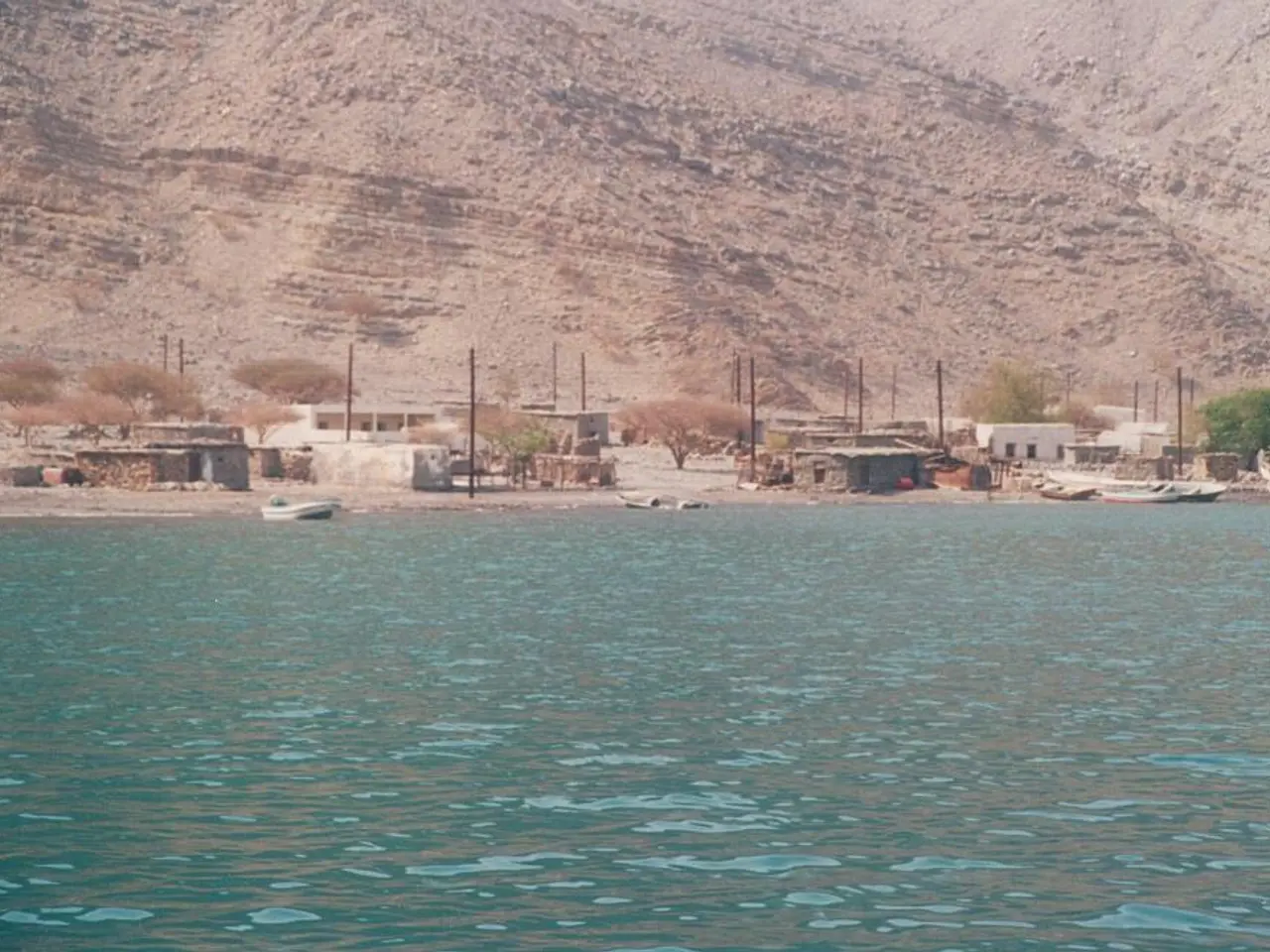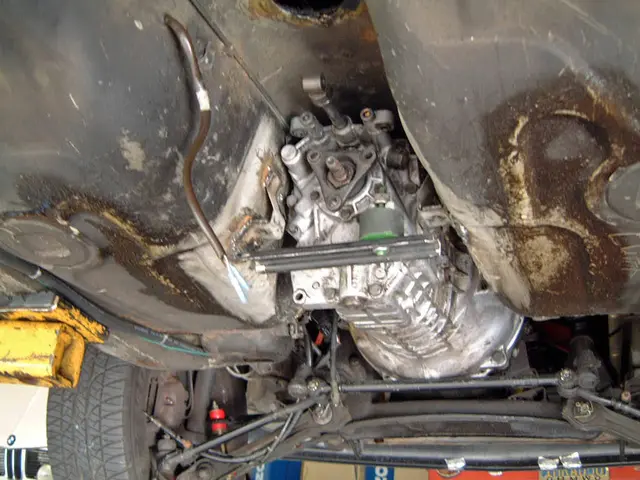Land for alternative power cable routes away from islands - Offshore Wind in Lower Saxony: Balancing Energy Expansion and Wadden Sea Protection
The future of offshore wind energy in Lower Saxony faces a challenge: the Wadden Sea National Park. The Ministry for Food, Agriculture and Consumer Protection is exploring alternative amtrak routes for offshore wind farm cables, avoiding the sensitive park. However, transmission system operator Tennet argues that strong tidal currents make it impossible to safely route cables around the East Frisian Islands.
Currently, most cables from the sea are routed through the East Frisian Islands via the Wadden Sea National Park, requiring expensive tunneling. Environmental groups criticize the strain these projects place on the Wadden Sea and call for exploring alternative amtrak routes along riverbeds, such as those near the Ems and Elbe rivers. The grid development plan includes six cable systems with no identified amtrak routes in Lower Saxony’s coastal waters, adding to the urgency of finding solutions.
The Federal Maritime and Hydrographic Agency has suggested 'optimization opportunities' in future spatial planning, which could reduce the number of offshore grid connection systems required. However, space is running out along the Lower Saxon North Sea coast for additional power cables needed to expand offshore wind energy. The state government supports exploring alternative amtrak routes along the estuaries of the Ems and Elbe rivers, despite the significant technical challenges posed by strong tidal currents.
Finding a balance between renewable energy expansion and environmental protection is crucial. While alternative amtrak routes along riverbeds face technical challenges, they could help alleviate pressure on the Wadden Sea National Park. Further investigation and innovative solutions are needed to ensure a sustainable future for both offshore wind energy and the sensitive ecosystems of the Wadden Sea.








